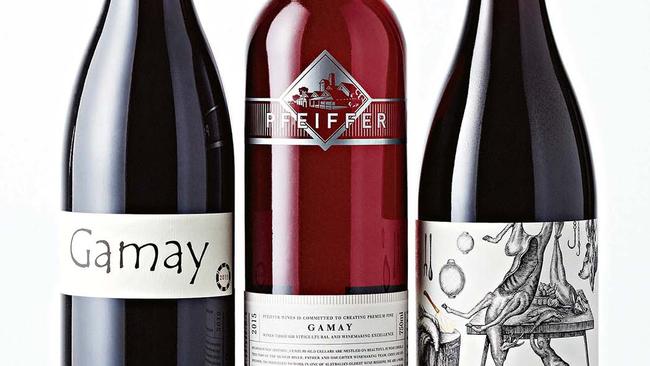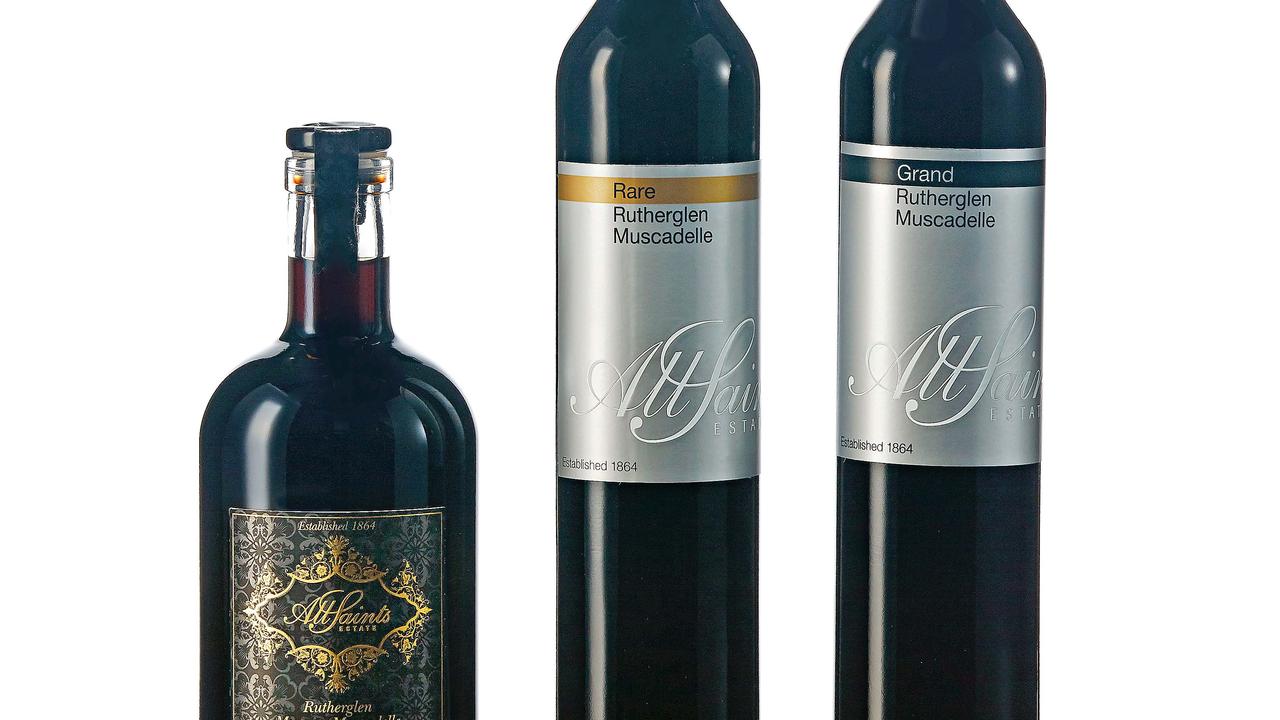Drink to gamay, the great survivor
The appearance and disappearance of grape varieties over the past 2000 years is pure Darwinian survival of the fittest.

The appearance and disappearance of grape varieties over the past 2000 years is pure Darwinian survival of the fittest. Two of the four founding fathers/mothers still with us are pinot noir and gouais (the latter hanging on by its fingernails). One direct descendent – itself very old – is gamay.
Gamay’s problems started when the Duke of Burgundy, Philippe the Bold, sought to excommunicate it in 1395. He wrote: “A very bad and disloyal variety called Gaamez, from which come abundant quantities of wine… of such a kind that it is very harmful to human creatures… because said wine from said plant of said nature is full of significant and horrible bitterness… we solemnly command… vines of said Gaamez to cut them down… within five months.” Further bans followed in 1567, 1725 and 1731, none observed. The reason for the royal anger: gamay cropped far more generously than pinot noir, the latter grown on the best soil (owned by the Church or princes). So Beaujolais survived.
Wind the clock forward to 1970 and two things occurred: one microcosmic, the other far more damaging. The former was the quixotic decision by my greatest friend, the late Len Evans. The drive up to his family home in the Hunter Valley ran up a hill of superb red soil. For reasons never explained he chose to plant gamay, wildly unsuited to the summer heat of the Hunter.
The other development was the arrival of Beaujolais Nouveau (made from gamay). Quality was supremely unimportant; high yield and slick winery techniques to ferment the wine as fast as possible were very important. Beaujolais never stopped to consider the vinous hara-kiri of the Germans 50 years earlier with Blue Nun, et al.
But lo and behold, gamay has poked its nose around the corner in Australia with wines of real merit, vinification methods direct from Beaujolais.
2015 FARR RISING GAMAY
The Farrs of Victoria’s Moorabool Valley give no clues on the minimalist labels about this addition to the range. It opens with a trumpet of plummy fruit on the bouquet, following with a palate of considerable texture and structure. No lollipop style, it will hang on for five years. 13% alc, Diam
94 points, drink to 2021, $36
2015 PFEIFFER GAMAY
Hand-picked bunches placed in airtight bins with cultured yeast and CO2, fermentation takes place within the berries for 14 days, foot-crushed over three days, pressed to stainless steel to complete fermentation, bottled mid-May. Full of red cherry fruits, the acidity sweet and tantalising. Something special from Rutherglen. 13.5% alc, screwcap
95 points, drink to 2020, $18
2015 RAVENSWORTH CHARLIE-FOXTROT GAMAY NOIR
Hand-picked, whole bunch carbonic maceration in sealed tank, opened to continue fermentation, 21 days on skins. Bright, light crimson-purple; the bouquet is intensely perfumed and the flavours, if anything, even more intense and exotic. Australia’s best gamay. Tumbarumba delivers the gladioli. 12.5% alc, screwcap
96 points, drink to 2020, $32


